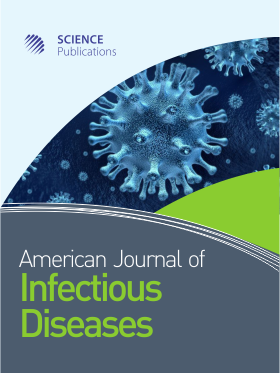Stochastic and Deterministic Mathematical Modeling and Simulation to Evaluate the Novel COVID-19 Pandemic Control Measures
- 1 Amity University, India
- 2 S. V. National Institute of Technology, India
- 3 S. A. P. D. J. Pathshala’s Walchand Institute of Technology, India
- 4 JSPM Narhe Technical Campus, India
- 5 Adama Science and Technology University, Ethiopia
Abstract
Background: In India, the novel Coronavirus Disease (COVID-19) epidemic has grown to 17,00000 cases and around 38,000 deaths up to 30th July, 2020. The impacts of the Severe Acute Respiratory Syndrome Coronavirus 2 (SARS-CoV-2) pandemic in India were studied using modified age-structured stochastic and deterministic mathematical models.
Methods: A compartmental susceptible (S)-infected (symptomatic) (IS) infected (asymptomatic) (IN) recovered (R) i.e., SISINR model is developed, in which the flow of individuals through compartments is modeled using a set of differential equations. The outbreak of the novel COVID-19 pandemic is critically evaluated from all major angles using base, education, vaccination and education and vaccination models based on the modified SISINR transmission network model for their simulations in MATLAB and peak of infected cases (both symptomatic and asymptomatic cases) as well as end of pandemic is predicted in each case.
Result: The numerical investigations are done for both stochastic and deterministic studies using the modified SISINR transmission network model for effective prediction about the transmission of SARS-CoV-2 pandemic in India. The progress of the novel COVID-19 pandemic in India is estimated for various scenarios by varying the basic reproduction numbers from mean to extremes (general assumptions and strategies are inculcated through contact tracing based on the values of contact ratio operated for the basic reproduction numbers, 'R0'). The efficacy and potential of the education programs and vaccination programs were established with the published datasets through a validation studies. Furthermore, the outbreak of the novel COVID-19 pandemic is predicted for majorly affected cities in India on the basis of different reproduction numbers 'R0'.
Conclusion: The report presented herewith could be referred to revise the government policies to (a) implement mitigatory measures such as the practice of social distancing, partial city lockdown across the nation, etc., (b) implement a 100% daily number of tests to the susceptible population of the nation, (c) improve hospital facilities and the novel COVID-19 wards, (d) improve the recovery rate with the effective implementation of base, education, vaccination and education and vaccination model to attain the equilibrium stage of pandemic at the earliest and (e) meet the objective of preventing the outbreak of the novel COVID-19 pandemic through the effective implementation of control and prevention strategies across the nation.
DOI: https://doi.org/10.3844/ajidsp.2020.135.170

- 5,408 Views
- 2,050 Downloads
- 5 Citations
Download
Keywords
- COVID-19
- SARS-CoV-2
- Pandemic
- Mathematical Model
- Education
- Vaccination
